To put it mildly, attempts to develop a viable willow industry in Ireland have been fraught with difficulties. At the turn of the decade, we saw the incentivisation of willow planting under a bioenergy scheme to help get sufficient volumes of biomass onto the market to facilitating the transition to renewable heat generation.
It’s fast-growing cycle, low input and high coppicing characteristics made it an attractive crop for growers. As a result of the scheme, close to 1,000 hectares of willow was planted.
However, with no demand-led support policy in place, the use of willow as a fuel ultimately proved too costly, leading to low market uptake.
The closure of the remaining few outlets, combined with the economic downturn, soon saw the destruction of many of these plantations.
... a key problem with the model was that, in most cases, the grower relied on selling the crop as a combustion fuel only
The introduction of the Support Scheme for Renewable Heat, which incentivised heat users to switch to renewable sources, came too late for most willow growers. For many, the venture into willow production ended badly, leaving a bitter memory for the growers involved.
Growing the crop in Irish conditions was feasible, but a key problem with the model was that, in most cases, the grower relied on selling the crop as a combustion fuel only.
While some had developed another income stream from the bioremediation of sludge, reliance on a single end market was the Achilles’ heel for many growers.
However, a new research project headed up by University College Limerick is aiming to address the economic challenges of willow production by developing multiple products derived from the plant.
BioWILL
BioWILL is an Interreg NWE-funded project focusing on using all fractions of the crop for the production of medicinal ingredients, bio-based packaging and renewable energy in the form of biomethane and organic fertiliser.
The research project will primarily look at willow as a potential medicine.
Willow bark is one of the few plant materials to contain substances called salicins, which have pain-killing and anti-inflammatory properties and are as effective as synthetic equivalents, with fewer undesirable side effects.
Biomethane is a suitable replacement for natural gas as a fuel source for heating and transport
The bark residue and bark-free willow pulp can then be converted into food quality packaging material to replace plastics.
The project will also determine if the willow-bark pulp residue can be used to produce renewable gas through anaerobic digestion. The main output from anaerobic digestion is biogas, which can be upgraded to a purity of 99% methane content.
Biomethane is a suitable replacement for natural gas as a fuel source for heating and transport.
The final value chain product from the willow is an organic fertiliser, a by-product from the anaerobic digestion process called digestate.
Digestate can be used to displace chemical fertilisers and reduce on-farm emissions, while also assisting in improving soil quality when used correctly.
Zero waste
BioWILL aims to address the poor vertical integration of value for willow by developing a ‘zero-waste willow biorefinery’ which processes all fractions of the feedstock.
Currently, there is no such biorefinery operating within the EU, so its establishment and replicability will be a key output of the project.
The recovery of relatively small quantities of high value extracts from willow has the potential to transform the economic viability of the crop.
The potential of willow as an energy crop is well understood
The project will demonstrate and validate how technology integration can increase efficiency. The project also aims to conduct intensive market, regulatory, financial, technical and environmental analysis to create a ‘toolkit’ for all involved in the production and processing of the crop.
Speaking about the project, Gas Networks Ireland’s BioWILL project lead, Ian Kilgallon, said: “The potential of willow as an energy crop is well understood. The challenge has been to make it economically viable.”
“By demonstrating that willow biomass has multiple optimum, sustainable and higher value uses across an extended circular economy lifecycle, we could dramatically improve the viability of willow as a crop, making it more attractive for farmers to grow and reducing bioenergy costs,” he concluded.
Collaboration
BioWILL is a €3.73m project, funded through a number of sources including Interreg NWE and Gas Networks Ireland’s Gas Innovation Fund.
The 36-month project is being coordinated by the University of Limerick and consists of 10 project partners in four countries across northwest Europe (Belgium, France, Ireland, and the United Kingdom).




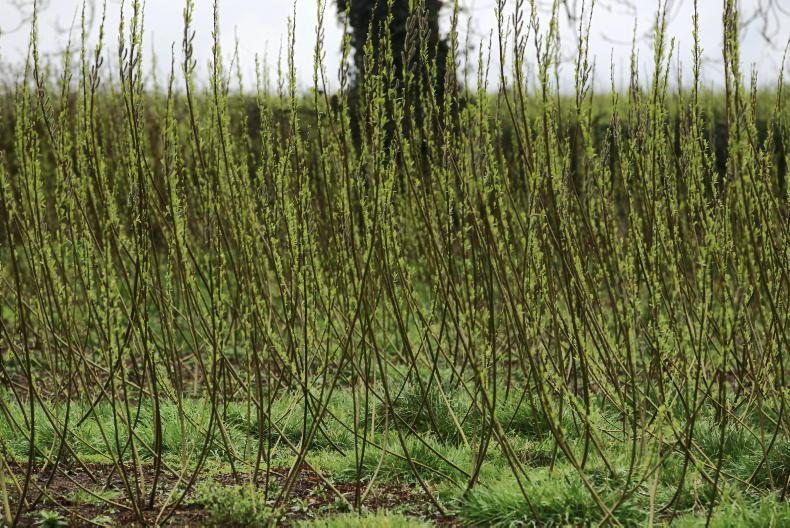
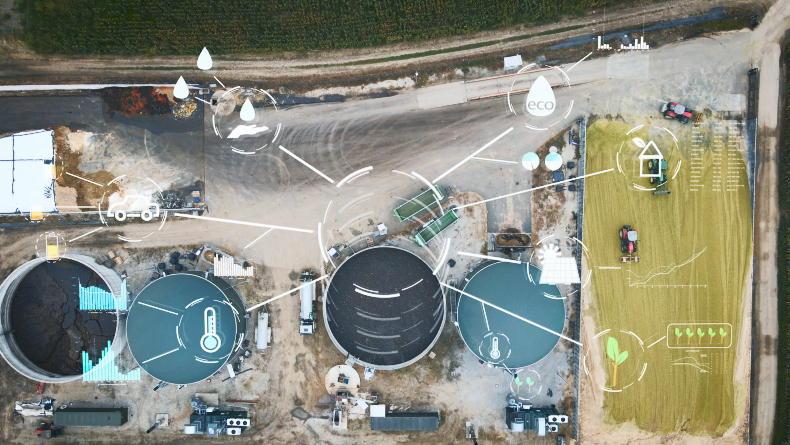

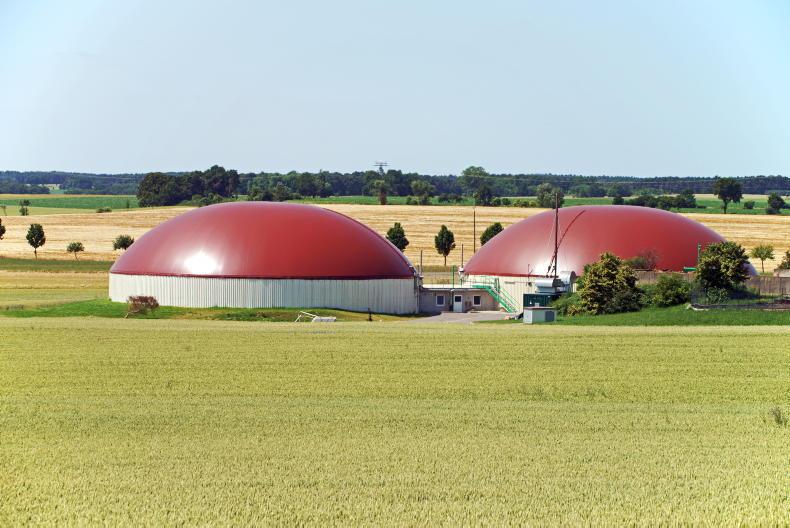
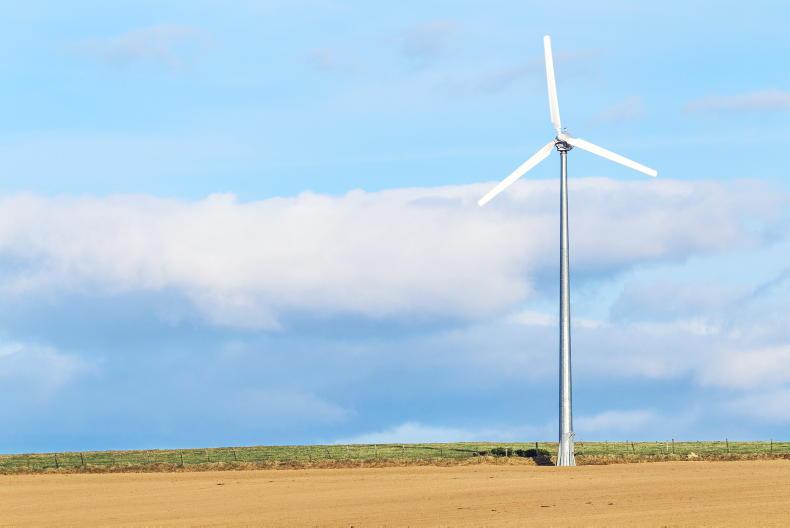
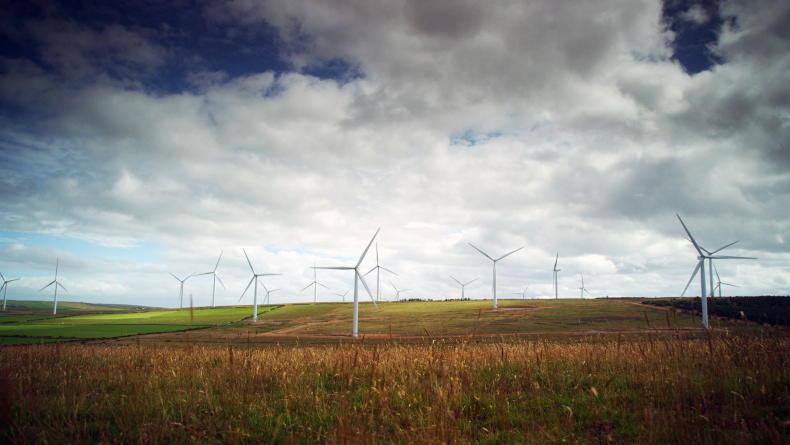
SHARING OPTIONS